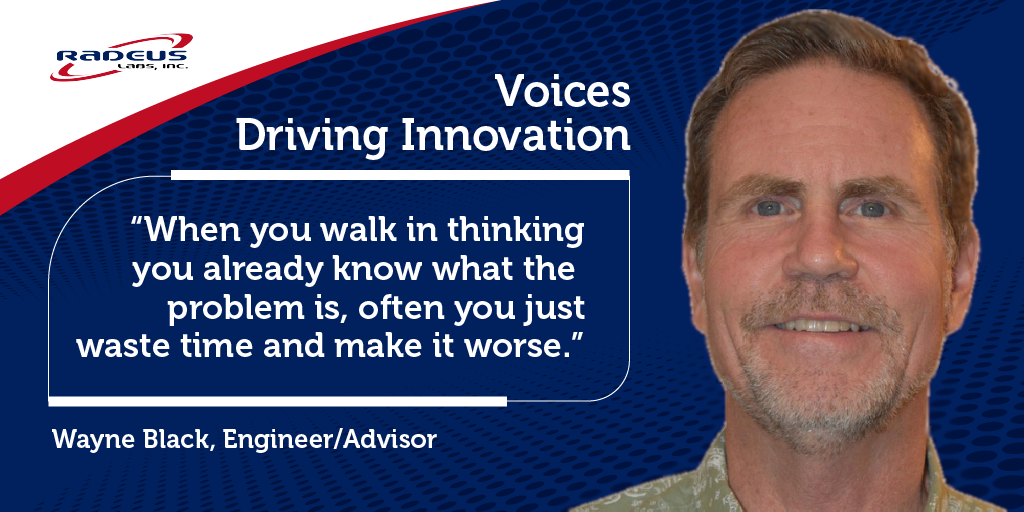Increased tracking capabilities keep limited-motion antenna applications on point.
POWAY, CA, January 24, 2017 /24-7PressRelease/ — Radeus Labs, Inc., a leading manufacturer of high performance systems for the defense and SATCOM markets, announced today the addition of a NORAD two-line element tracking option for its high performance 8200 series of antenna control systems. The Radeus Labs 8200 ACS provides a state of the art solution for new antenna installations. The series includes the 8200 antenna control unit and the 8250 drive cabinet. The 8200 ACU is designed to be a “drop-in” upgrade for aging 7200 systems and can work with the existing drive cabinet and inter facility link.
“This new tracking option will add even more flexibility to the 8200 ACS, offering our customers even more value for their tracking dollar,” said Ken Cone, CTO for Radeus Labs. “We are focused on our customers and providing them with the technologies they need to get the job done in the field. This is the latest addition to the 8200 line and there are more to come,” says Cone.
Juliet Correnti, CEO of Radeus adds “We are very excited about our expanding line of antenna control products and how they are adding value to our customers. We have worked hard to make sure our technology, customer support and quick delivery are industry leading.”
Radeus Labs, Inc., with headquarters and manufacturing facilities in Poway, CA, is a leader in the design, manufacture and marketing of leading edge hardware and software systems for the defense and SATCOM markets. Radeus Labs products are thoughtfully designed with a focus on ease of use, high performance and sustainability. They are engineered to give exceptional product life spans and deliver added value to our customers. Radeus Labs customer service and support are unrivaled in the commercial SATCOM market. For more information about Radeus Labs and our high performance products, visit us at radeuslabs.com.



